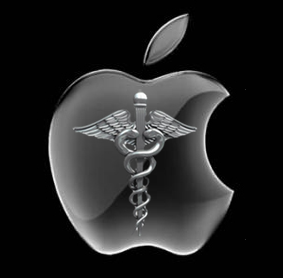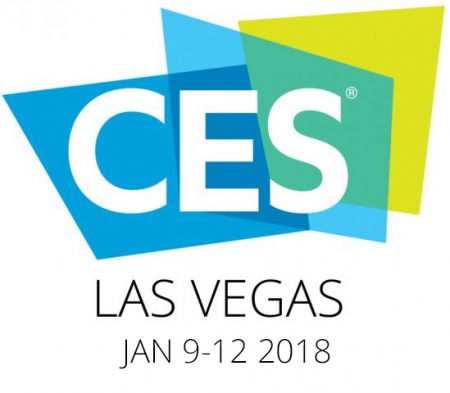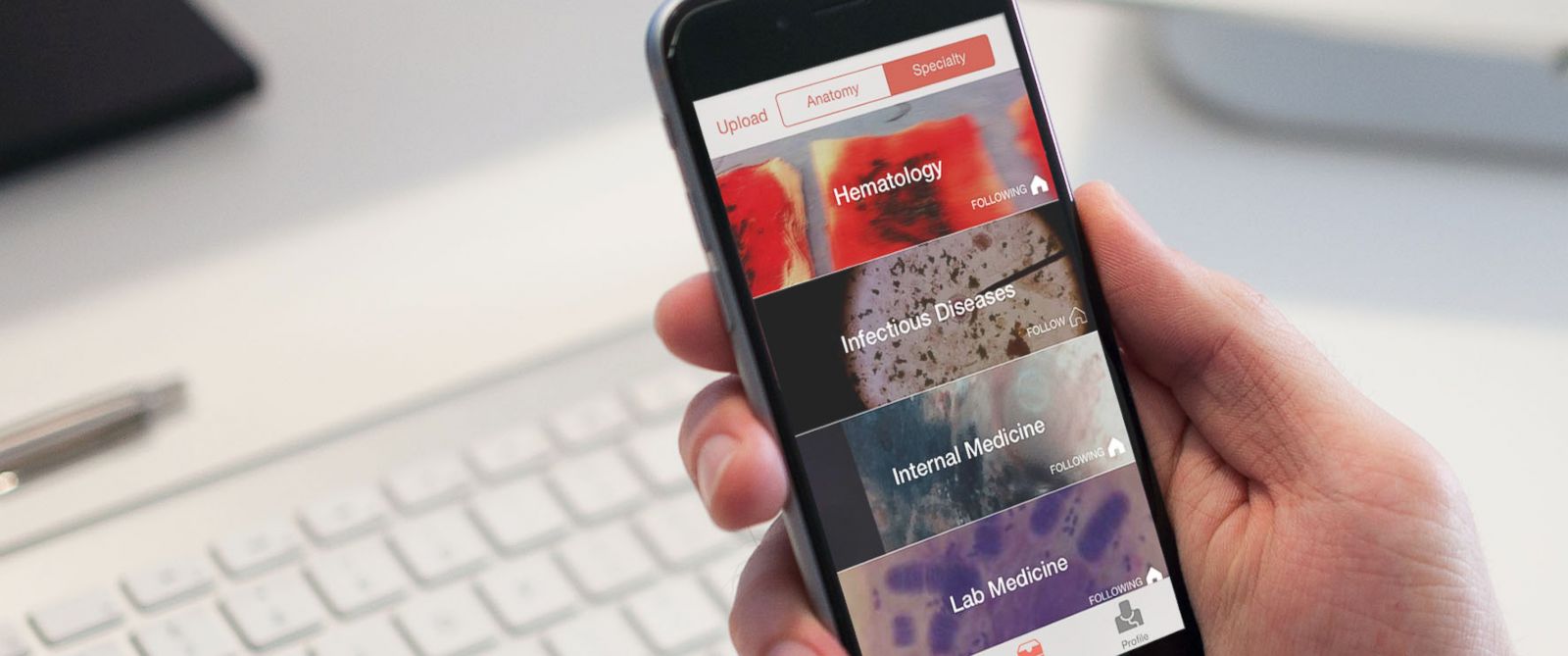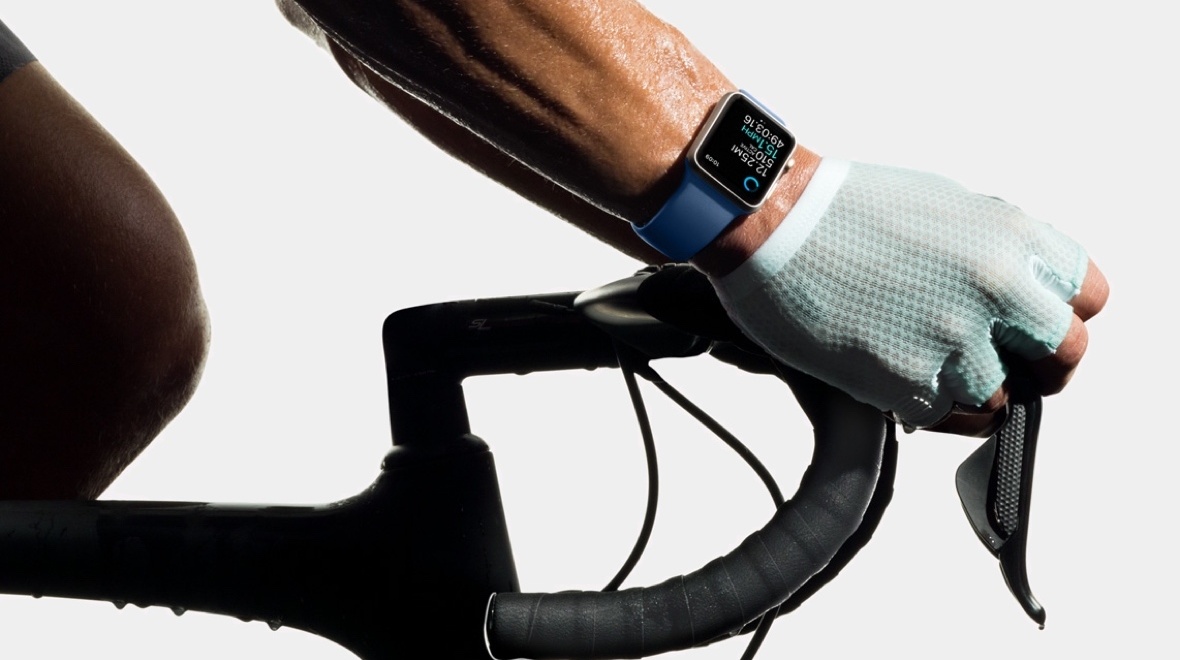Could Apple Really Fix Healthcare for Physicians and Patients
Apple has been playing in the healthcare arena for the past few years, and they’re is still working hard to make the Watch an integral part of the wearable technology mix. But now Apple has taken on a whole new aspect by helping the physician help their patients. By using their technology, software and hardware, […]




